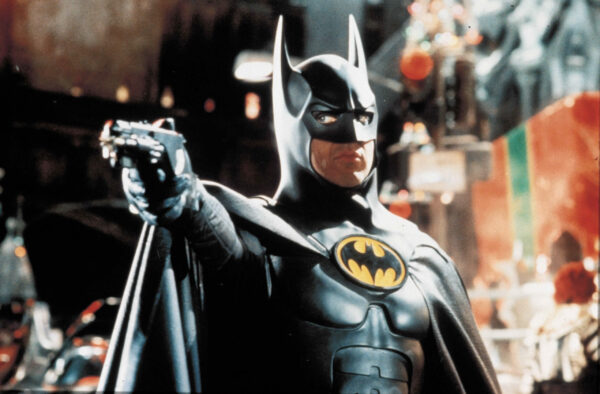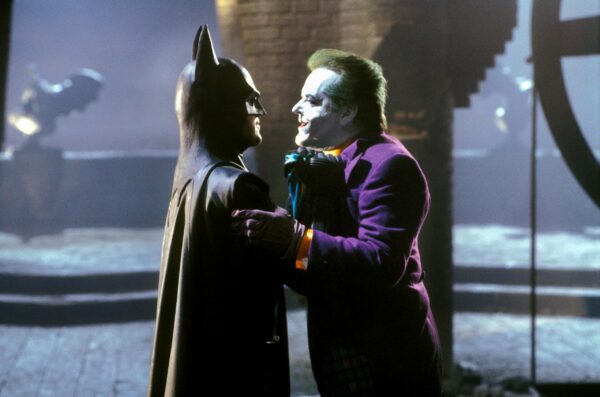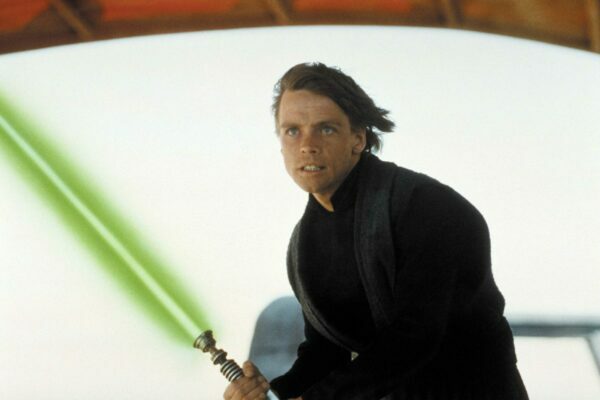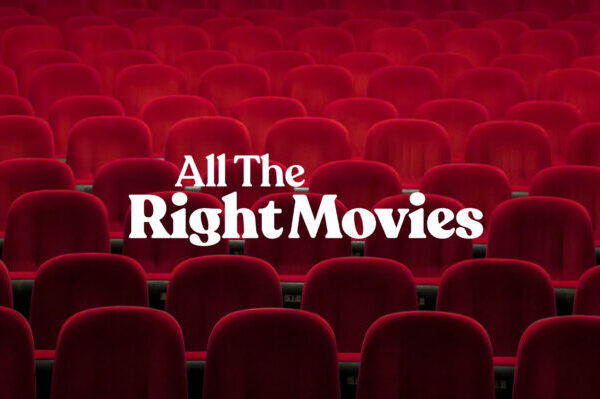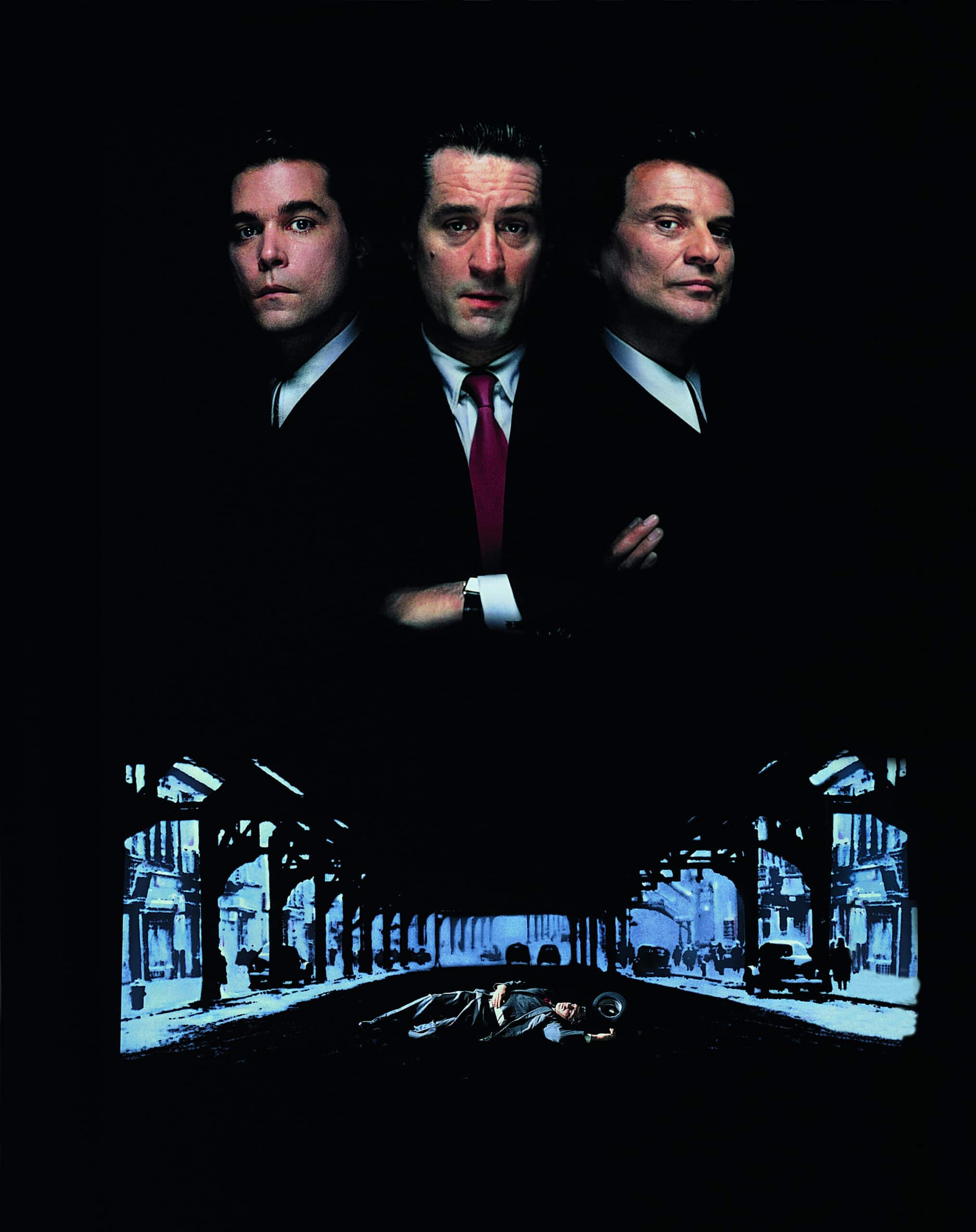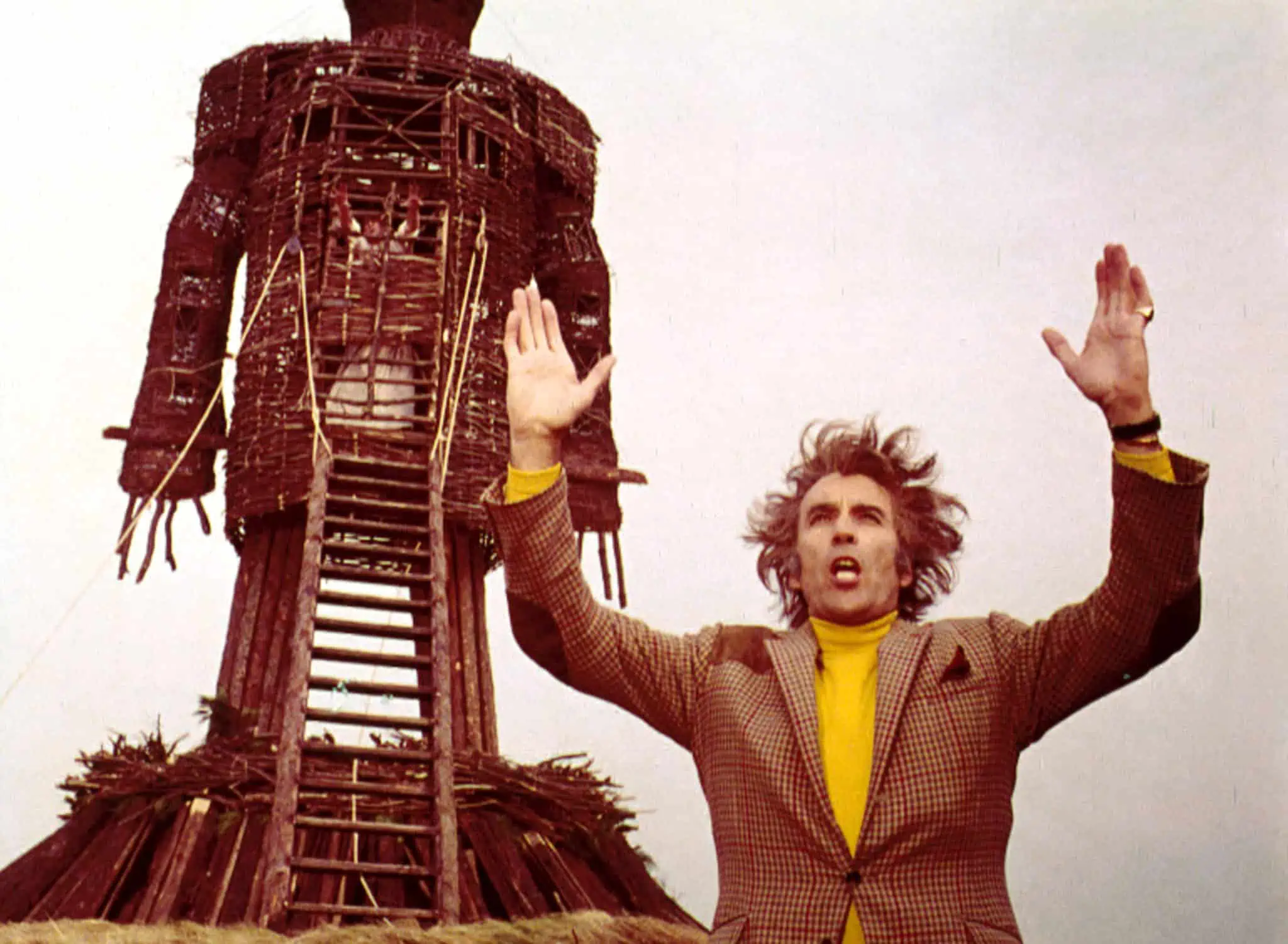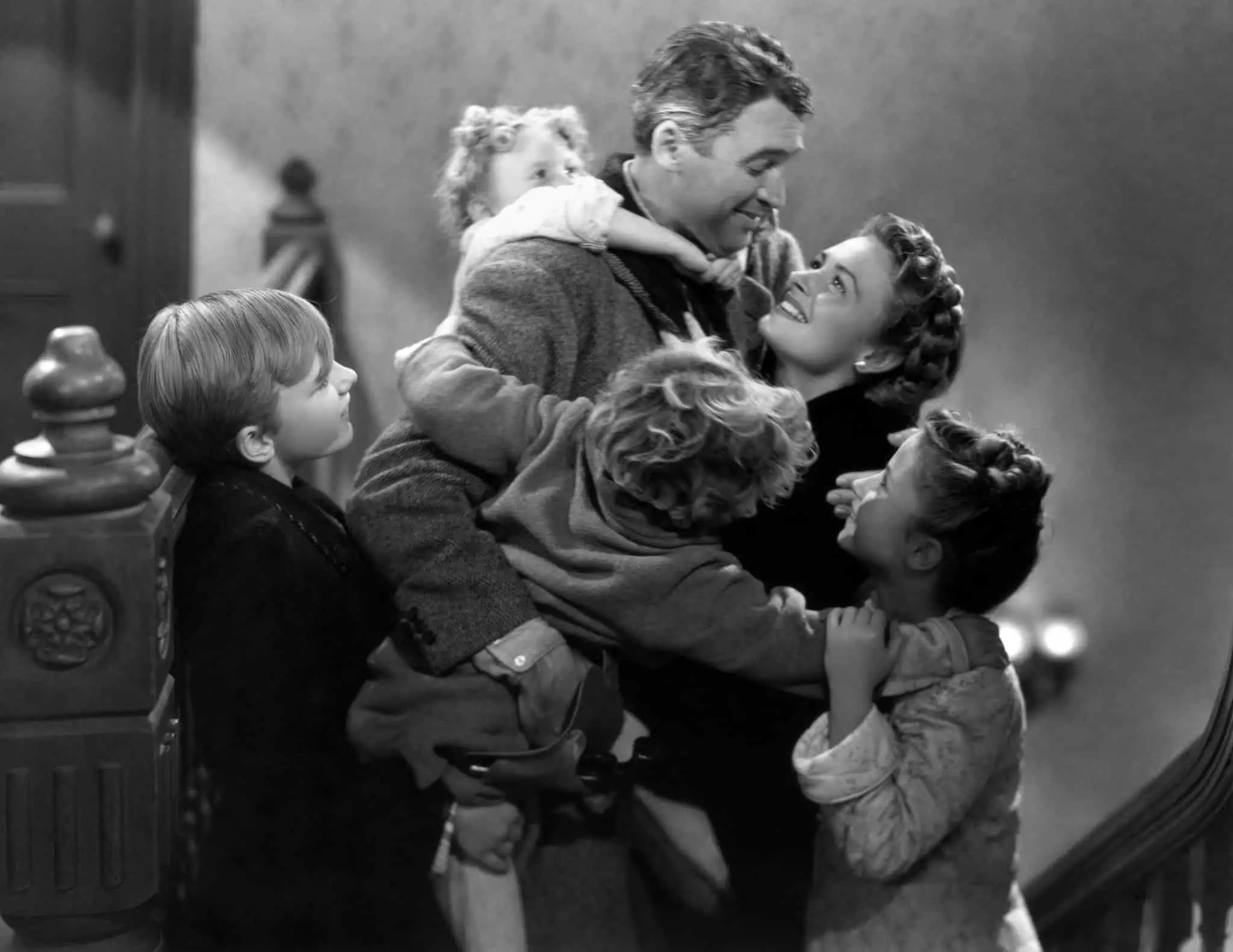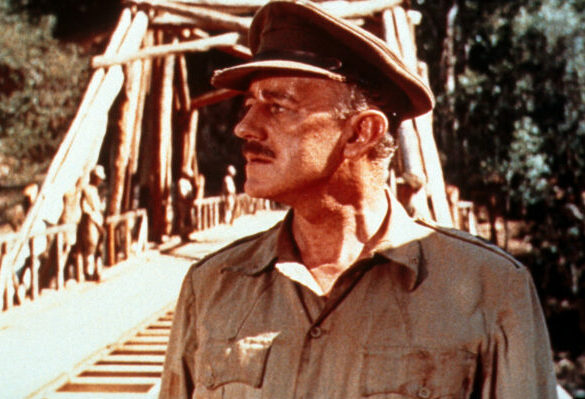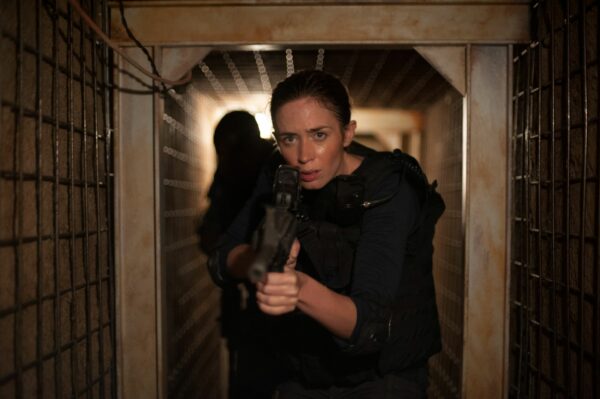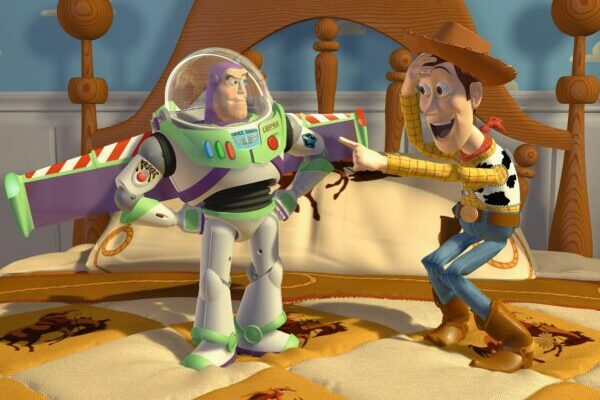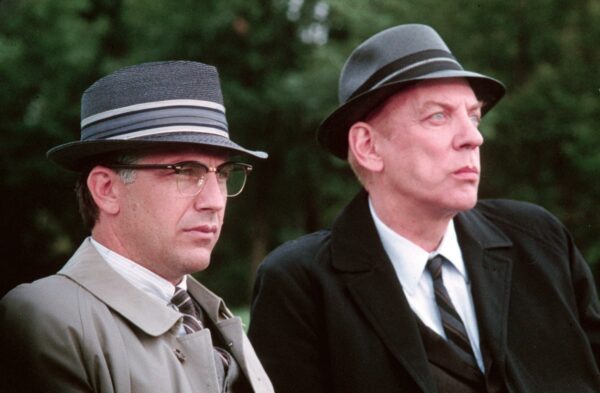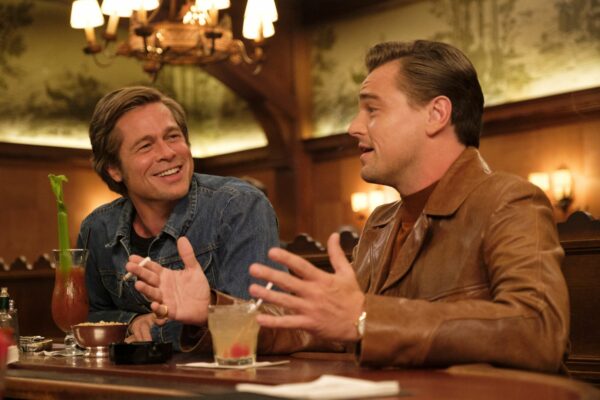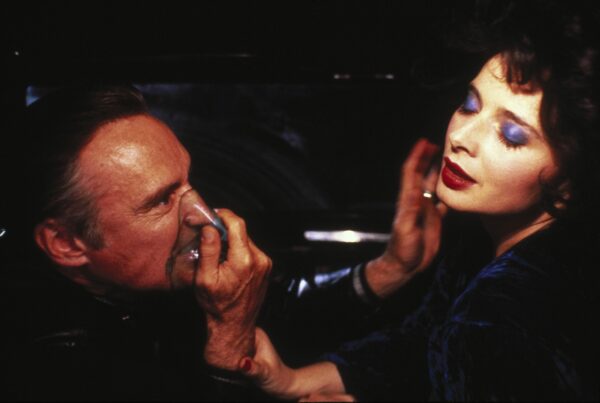
Our Top 10 rundown of the greatest horror movies of all time. For more great video content and Top 10 movie lists, subscribe to our YouTube channel.
Movie fans like a good scare now and again, and horror films are one of the easiest (and safest!) ways to get those frights. From monster movies, through psychological trauma, to things that go bump in the night, we’ve covered the key horror subgenres to bring you our countdown of the 10 greatest horror movies ever made.
Subscribe to our YouTube channel
10. Supernatural film
What is it?
Getting the ball rolling at 10, and we’re looking at the supernatural horror. From ghostly apparitions, through witchcraft and the occult to visitors from another realm, some of the most iconic of horrors have found their home in this subgenre.
Classic examples:
M. Night Shyamalan gave us one of horror’s most famous plot twists in The Sixth Sense (1999). An old videotape leads to death and terror in Ring (1998). And a fatal curse leads to victims being stalked by Death in It Follows (2014).
Our winner:
For our first selection, though, we’re heading to 1970s Italy for a black magic classic. From giallo master Dario Argento, it’s Suspiria (1977).
When mild-mannered Suzy Bannion travels to Germany to attend ballet school, she finds herself caught up in a terrifying mystery involving witchcraft, secrets, and murder.
Courting controversy on its release in 1977, Suspiria is an exploration of obsession and sadism like no other. Featuring the classic Argento hallmarks of supernatural activity, artistic camerawork, graphic violence, and a vibrant colour palette, the Italian auteur juxtaposes horror and beauty as he drags Suzy, and us, through a cavern of sexual deviation, moral ambiguity, and sinister secrets.
A visually stunning film, a seminal forerunner of the slasher subgenre, and the greatest supernatural horror of them all.
9. Body horror
What is it?
Next up, we’re exploring body horror. A showcase of grotesque or disturbing distortions of human physiology, body horror is responsible for some of the most shocking images in the genre.
Classic examples:
A shape-shifting killer alien repulsed movie goers in John Carpenter’s The Thing (1982). Alien clones grown in plant-like pods take over a small town in Invasion of the Body Snatchers (1978). And a doctor attempts psychoplasmic therapy with disastrous results in The Brood (1979).
Our winner:
For our winner though, we’re going to an 80s horror master and one of his defining films. David Cronenberg’s body horror classic The Fly (1986).
A reimagining of Kurt Neumann’s 1958 classic, The Fly is the story of Seth Brundle – a scientist whose teleportation test runs lead to a fusion of man and insect.
Presenting graphic violence and revolting body horror in a way that sometimes pushes the film beyond disturbing into intentional absurdity, The Fly is one of the finest horrors of the 1980s, but also an exploration of doomed romance. At times reminiscent of the screwball comedies of the 40s, the love story makes Brundles physical degradation all the more horrifying and tragic to witness.
A gruesomely watchable film, a brilliant retelling of a classic tale, and the greatest body horror in movies.
8. Monster movie
What is it?
One of the oldest horror subgenres is the monster movie. Dating back to the earliest days of cinema, it’s given us a century’s worth of classics, and that’s where we’re headed for our 8th position.
Classic examples:
A group of Cave-explorers become prey to underground predators in The Descent (2005). A doctor searching for missing friends becomes locked in battle with the undead in Dracula (1958). And a group of space truckers find themselves trapped on a starship with a deadly parasite, in Alien (1979).
Our winner:
Our pick, though, is a true monster classic. From 1933 and directors Merian C. Cooper and Ernest B. Schoedsack, it’s King Kong (1933).
When a film crew travel beyond the Indian Ocean to shoot a jungle picture, they arrive at a mysterious island – and find it home to a 24 foot ape. Inventing effects techniques still being refined today, King Kong has endured through the decades as a definitive iconic horror. A key reference point for monster movies for almost a century, the film stood unparalleled for decades and, in its development of, and empathy for, Kong as a character, the film created a plot still being recycled today, and gave us an emotionally affecting classic for the ages.
A watershed in special effects, one of cinema’s most influential stories, and the most iconic monster in movie history.
7. Classic Hollywood
What is it?
Far from a modern invention, horror movies date back to the earliest days of cinema. Some of the most iconic horrors hail from Classic-era Holywood, and we’re headed there too for 7th place.
Classic examples:
A blind woman and group of criminals play a deadly game of cat-and-mouse, in Wait Until Dark (1967). A governess of two Victorian orphans is visited by ghostly apparitions in The Innocents (1961). And, in Frankenstein (1931), a scientist uses deceased body parts to animate an iconic Hollywood monster.
Our winner:
For our selection, though, we’re going with a 1960s classic for things that go bump in the night, in The Haunting (1963).
When a Dr visits a reportedly haunted mansion with two women with paranormal backgrounds, they become overwhelmed by strange happenings and supernatural events.
From The Sound of Music Director Robert Wise,, The Haunting is acclaimed as one of the greatest ghost stories ever put on film. Causing controversy and terror on its release in 1963, Wise delves into spiritual apparitions and what we can’t see in the dark, as he explores the line between reality and what’s in our minds, and how terrifying that can be.
With its influential use of wide angles and off-kilter framing, Wise created an iconic ghost movie, horror techniques still replicated today and, to us, the greatest horror in Classic-era Hollywood.
6. Found footage tale
What is it?
A relatively modern horror innovation is the found footage tale. Unstable camerawork, naturalistic performances, and the blurring of fact and fiction are all staples of this subgenre, and that’s what we’re looking at for our 6th entry.
Classic examples:
A TV camera crew have to fight for their lives when they become trapped in a virus-infected apartment, in Rec (2007). A documentary investigation into a haunted house massacre leads to further bloodshed in Hell House LLC (2015). And in Creep (2014), a cameraman films a day in the life of a father-to-be, with murderous results.
Our winner:
Four our number 6, it’s a late 90s horror classic. One of the definitive found footage films in The Blair Witch Project (1999). Three young filmmakers travel to a small town to investigate a legendary local killer but, when they lose their way in the woods, events take a frightening – and fatal – turn.
Daniel Myrick and Eduardo Sanchez’s micro-budget smash hit was not the first found footage film, but it’s the one that changed everything. Supported by an effective marketing campaign telling audiences what they were seeing was real, The Blair Witch Project played on fear in the unseen by showing nothing on screen and allowing viewers to create the horror in their own minds.
One of the most profitable films ever made, an iconic horror, and the most influential found footage film of them all.
5. Comedy-horror
What is it?
Into the final five, and we’re diving into the comedy horror. Coming from two sides of the same spectrum, both relying on timing and tension, the horror-comedy has been one of the most consistent subgenres in film.
Classic examples:
In Shaun of the Dead (2004), an everyman deals with a zombie apocalypse by taking refuge in his local pub. A Book of the Dead audiotape awakens horrifying demons and spirits in Evil Dead 2 (1987). And in The Cabin In The Woods (2011), 5 college friends fall victim to killer zombies in a remote forest.
Our winner:
Our winner, though, is to be found in the lycanthrope subgenre. Beware the moon, it’s An American Werewolf In London (1981).
When college student, David, is savagely attacked by a large wolf, he finds himself plagued by nightmares of his mutilated friend, warning him he’s become a werewolf.
Written and directed by John Landis, An American Werewolf In London is the apex of werewolf movies. Fresh from The Blues Brothers, Landis’ comic roots are obvious as he imbues American Werewolf with a sardonically twisted and dark sense of humour, balanced perfectly with seminal special effects and moments of genuine terror as the wolf takes victims from the parks, streets and Underground of central London.
Groundbreaking visual effects, the definitive werewolf transformation scene, and our pick as the greatest comedy-horror.
4. Zombie film
What is it?
A niche, but classic, subgenre of horror is the zombie film. One of the archetype horror villains, movies of the walking dead have endured in popular culture for over half a century, and that’s what we’re looking at for our 4th spot.
Classic examples:
Train to Busan (2016) traps a group of passengers with the undead on a blood-drenched bullet train. In The Evil Dead (1981), a group of friends inadvertently release killer zombie when they discover an ancient text. And George A. Romero defined the zombie in his seminal Night of the Living Dead (1968).
Our winner:
And for our zombie pick, we’re staying with George A. Romero for another subgenre classic. The dead walk the Earth in Dawn of the Dead (1978). When hordes of zombies swarm the U.S, a radio station employee, his girlfriend and a group of survivors head to a shopping mall to make mankind’s last stand.
Romero’s long-awaited follow up to game-changer Night of the Living Dead, Dawn of the Dead defined the idea of social and racially aware horror filmmaking, and is held up as Romero’s wildest and most popular work . As much action thriller as it is horror, Dawn of the Dead takes swipes at class and consumerism on its way to influencing every zombie movie since.
A thrill-ride start to finish, about as influential as genre movies get, and the greatest zombie horror film of all time.
3. Slasher flick
What is it?
We’ve reached the top 3 and, for third place, we’re looking at the slasher. One of the most popular subgenres, the slasher movie involves a group of people – often teenagers – stalked by a killer, and is responsible for some of the most iconic movies in horror.
Classic examples:
In Halloween (1978), John Carpenter kickstarted the subgenre with a seminal slasher. A group of teenagers fall victim to dream killer Freddy Kruger in A Nightmare on Elm Street (1984). And anonymous phone calls to a group of sorority sisters develops to festive murder in Black Christmas (1974).
Our winner:
Iconic titles there and, for our choice, it’s another genre classic. From director Tobe Hooper it’s The Texas Chain Saw Massacre (1974).
When a group of friends set out on a road trip, they come across a family of murderous psychopaths and are killed one by one by the chainsaw-wielding Leatherface.
Made on a small budget and banned in several countries on release, The Texas Chain Saw Massacre nonetheless turned a huge profit and became one of the most iconic films in the genre. As raw and grim as cinema gets, Texas Chain Saw is horror at its purest – sadistic, graphic, and unforgiving. Acclaimed by some as a modern masterpiece, its impact and influence is beyond question.
Filmmaking at its most primal, one of horror’s most iconic antagonists, and the greatest slasher movie ever made.
2. Psychological horror
What is it?
Into the top 2, and we’re looking at the psychological horror. Focusing on mental and emotional instability to unsettle its audience, the subgenre can be one of the most disturbing, and is home to some true horror classics.
Classic examples:
Don’t Look Now (1973) is an exploration of grief and worsening mental illness through a terrifying religious lens. A missing corpse causes unhinged hatred to turn to murder in Les Diaboliques (1955). And a raw FBI agent seeks assistance from a killer psychiatrist in The Silence of the Lambs (1991).
Our winner:
For our second place, though, it’s an iconic filmmaker and an iconic horror film. From Stanley Kubrick, it’s The Shining (1980).
When Jack Torrance heads to the Overlook Hotel with his family to finish his novel, he succumbs to alcoholism and isolation, becoming an axe-wielding murderer in the process.
Famously despised by original author Stephen King, The Shining is today regarded as a landmark of its genre. Kubrick’s only venture into horror, he nonetheless created a masterpiece of suspense and claustrophobia, charting Jack’s descent into insanity and homicidal mania with a meticulous precision seen nowhere else in the genre. That he did so while creating several of the most iconic scenes in all of horror makes The Shining a movie which transcends its genre, arguably a great director’s greatest movie, and the best psychological horror film ever made.
1. Religious horror
What is it?
We’re at number one now and, to find our ultimate winner, we’re looking at the Religious horror movie. Presenting real-life religion – usually Christianity – as fact, possession, satanic rituals or evil cults are the tropes of a subgenre responsible for some of the most famous images in movies.
Classic examples:
A conservative, Christian policeman becomes embroiled in pagan rituals and sacrifice in The Wicker Man (1973). A young woman comes to believe her neighbours are members of a Satanic cult in Rosemary’s Baby (1968). And in The Omen (1976), a series of grisly deaths convince a diplomat his adopted son is the Antichrist.
Our winner:
Our winner – is possibly the definitive religious horror film. A classic from William Friedkin, it’s The Exorcist (1973).
When 12-year-old Regan begins to levitate and speak in tongues, her desperate mother calls in a local priest and church expert to perform an exorcism.
With its surreal dream sequences, and graphically visceral imagery, grounded by a core of relatable human drama, The Exorcist terrified movie-goers on its release like few other movies. As artistic as it is brutal, Friedkin explores ideas around unconditional love and unconditional faith while expertly juxtaposing the scientific with the religious to breathtaking effect, all the while providing some of the most powerfully unforgettable scenes and imagery ever put on film.
An unprecedented horror success, one of the most iconic and influential films in history and, for us, the greatest horror movie ever made.
Do you agree with our greatest horror films, or think we’ve missed out some other great movies? Let us know in the comments below and subscribe for more All The Right Movies videos.
You may also like...
The beginning of a beautiful friendship
Stay up-to-date with all things All The Right Movies by signing up for our e-newsletter.



